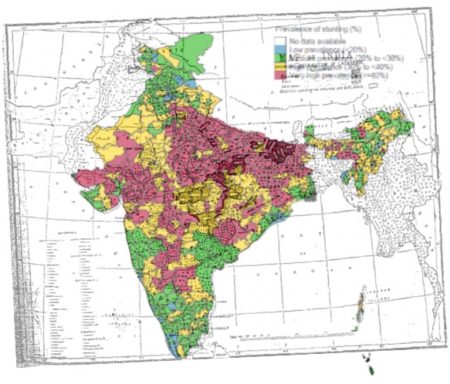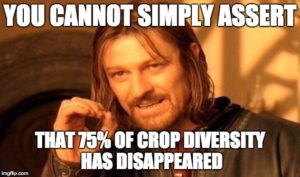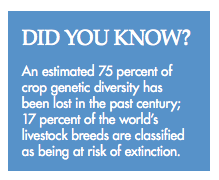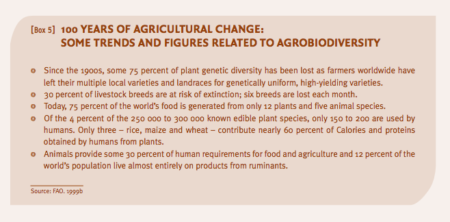In a comment on a recent post on nutrition in India, Dirk Enneking, who should know, suggests that:
In the Central Provinces [of India] there seems to be a close overlap between severe stunting in children and historical neurolathyrism epidemics.
His reference for the latter is a 1927 publication with some pleasantly old-fashioned maps. He may well be onto something. I was able to superimpose the stunting map from the previous post and an image of the 1927 map on the distribution of lathyrism. 1 This is it:
It’s not great, I know: I haven’t had the time (and don’t have the skills anyway) for the full-blown GIS treatment. But it does seem to be the case that historical areas of lathyrism (darker patches) are confined to areas where stunting is still prevalent (red).
Over to the experts for an explanation.


 First, from
First, from 